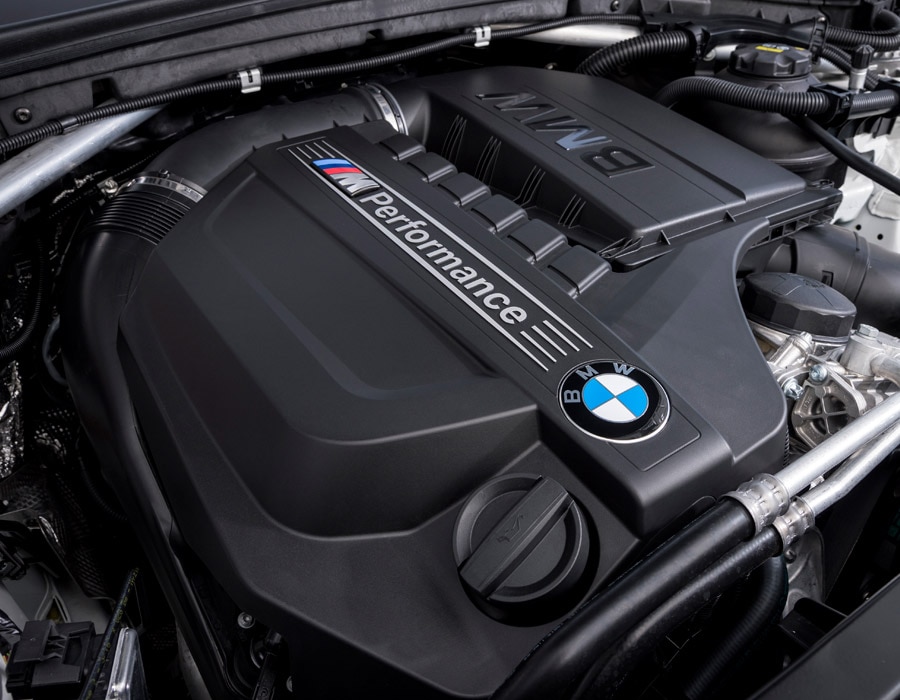Discovering the Development of Combustion Engines in Modern Transportation Solutions
As we navigate the landscape of modern transport, the advancement of combustion engines stands as a testament to human resourcefulness and engineering expertise. The interplay of background, technology, and ecological problems in shaping the trajectory of burning engines creates a narrative that is both engaging and insightful.
Early Beginnings of Combustion Engines
How did the principle of combustion engines first arise in the beginning of transportation advancement? When the concepts of inner burning were very first explored, the origins of burning engines can be traced back to the 17th century. In 1673, Christian Huygens conceived a basic interior combustion engine that used gunpowder to generate power. It had not been up until the late 19th century that useful applications of burning engines in transportation began to emerge.
The development minute came with the creation of the first effective gasoline-powered engine by Karl Benz in 1885 - bmw engine. This engine led the way for the advancement of the modern auto, revolutionizing transport systems worldwide. Succeeding innovations by Nikolaus Otto and Gottlieb Daimler even more refined combustion engine modern technology, leading to the mass manufacturing of vehicles and the quick growth of the transport sector
These very early burning engines were characterized by their simpleness and effectiveness, laying the foundation for the complicated and powerful engines made use of in contemporary transport systems. The advancement of burning engines has been instrumental fit the means we travel and carry products, noting a substantial landmark in the history of transportation development.
Transition to Internal Combustion Innovation
The shift to internal burning modern technology marked a critical change in the advancement of transport systems. This shift began in the late 19th century, with innovators like Nikolaus Otto and Gottlieb Daimler developing the first successful inner burning engines. These engines changed transport by using an extra effective and effective choice to steam engines and electric motors.
Among the key benefits of internal burning engines was their capacity to be reduced to suit vehicles, leading to the advancement of automobiles and motorbikes. This shift from large, fixed engines to compact, mobile ones led the way for the modern-day transport systems we see today.
The change to internal combustion technology additionally stimulated advancements in gas innovation, bring about the development of gas and diesel as key gas resources for vehicles. This change not only made transportation much more obtainable to the masses but likewise laid the foundation for the oil and gas industry to end up being essential to international economic climates.
Impact of Combustion Engines on Transportation
The adoption of combustion engines in transport systems militarized an extensive change in the efficiency and speed of worldwide flexibility. Burning engines transformed transportation by supplying a flexible and trustworthy resource of power for different lorries, consisting of cars and trucks, ships, trucks, and aircrafts. This innovation substantially improved the capacity for individuals and products to relocate over long you could look here ranges in much shorter amount of time, resulting in enhanced connectivity in between areas and countries.
Moreover, the prevalent usage of burning engines has had a considerable impact on economic development. The ability to transfer products efficiently has spurred trade and commerce, allowing organizations to increase their markets and get to consumers worldwide. This has promoted economic growth and globalization, as products can currently be transported quicker and in bigger quantities than YOURURL.com in the past.
However, the environmental effect of burning engines can not be overlooked. The combustion of fossil fuels has caused air contamination and greenhouse gas discharges, adding to climate adjustment and presenting health dangers to populaces. bmw engine. Consequently, there is an expanding emphasis on creating alternative propulsion innovations to alleviate these adverse impacts and create a more lasting future for transport
Advancements in Combustion Engine Design
One remarkable technology is the development of turbocharged engines, which use exhaust gases to drive a turbine that compresses incoming air, permitting for even more gas to be charred, resulting in enhanced power output without a considerable increase in engine size. Variable valve timing systems have also transformed engine design by enhancing air movement at various engine rates, enhancing both power and performance. These technologies collectively add to the continual renovation of burning engines in contemporary transportation systems.
Future Fads in Combustion Engine Advancement
With modern technology advancements driving continuous development, the future of combustion engine advancement is poised to revolutionize transport systems globally. One of the vital patterns in combustion engine advancement is the press in the direction additional hints of better performance and decreased exhausts.
One more popular trend is the fostering of hybrid innovations in combustion engines. Hybrid engines integrate conventional burning technology with electric power, providing improved gas efficiency and reduced discharges. As the vehicle market shifts in the direction of electrification, crossbreed burning engines are seen as a transitional service that links the space in between standard automobiles and totally electric ones.
Additionally, the assimilation of smart technologies, such as man-made knowledge and information analytics, is expected to play a considerable role in the future of burning engine advancement. These technologies can optimize engine efficiency in real-time, causing extra effective burning procedures and improved general car efficiency. Welcoming these future trends will certainly not just drive development in burning engine growth yet likewise add to an extra ecologically friendly and lasting transportation community.

Verdict
In verdict, the evolution of burning engines in modern-day transportation systems has been marked by substantial developments in innovation and layout. From the early starts of combustion engines to the transition to internal combustion technology, these engines have actually had a profound impact on transportation.
The origins of combustion engines can be traced back to the 17th century when the principles of interior burning were initial explored. These engines changed transport by offering a more reliable and effective option to vapor engines and electrical motors.
